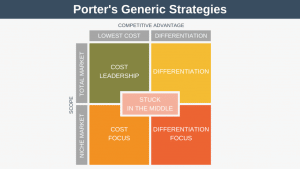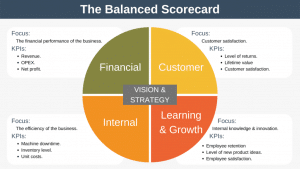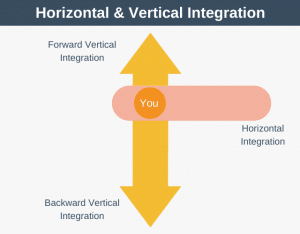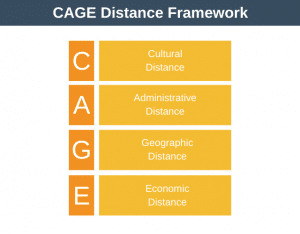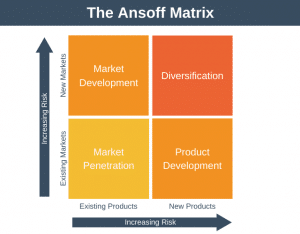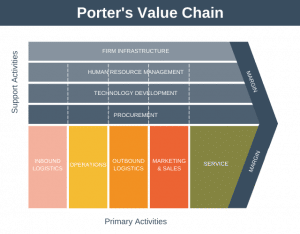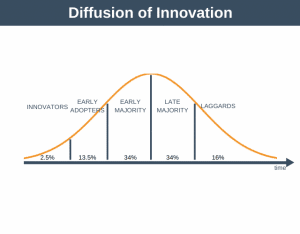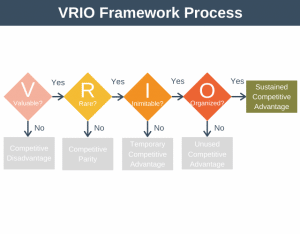Hoshin planning, also known as Hoshin Kanri or policy deployment, is a 7-step strategic planning system. It ensures that the day-to-day actions of all employees are aligned with the organization’s strategic goals.
Imagine that you run a large global company, such as Microsoft, consisting of many different divisions, each selling a different product.
You are responsible for setting the overall strategy and long-term vision of the company, but how do you ensure that every single employee is working towards that vision every day? Still more challenging, how do you make each employee care about your strategy?
This is the problem that Hoshin planning is designed to solve. It is designed to keep everyone within the organization working towards and aligned with your strategic objectives. It eliminates inefficiencies resulting from a lack of communication or alignment between different departments of an organization.
Ultimately, Hoshin Kanri bridges the gap between strategy and execution by ensuring everyone is bought into the strategy, aligned with it, and focused on achieving it.
Continuous Improvement Built-in
Before we go through the Hoshin planning process, be aware that Hoshin Kanri isn’t just a top-down approach, as it has two built-in feedback mechanisms to increase the model’s effectiveness.
These mechanisms are called catchball and the PDCA cycle.
1. Catchball
Catchball is a back-and-forth technique for improving goals and ideas.
It begins when a manager shares their goals, objectives, ideas, and concerns with their team and then “throws” them to their team for feedback. The team then “throws” their feedback back to their manager.
You repeat this process until there is general agreement, creating a bi-directional feedback loop, which ultimately improves the quality of the goals and objectives, along with achieving buy-in from the team.
Suppose you cascade catchball through all levels of your organization. In that case, everyone at all levels of the organization will have had the opportunity to provide feedback on your organization’s strategy.
2. PDCA Cycle
PDCA stands for Plan-Do-Check-Act and is a structured approach to help you move towards to any goal you’re trying to achieve. You use it by iterating through the cycle repeatedly, with each loop bringing you closer to your desired destination.
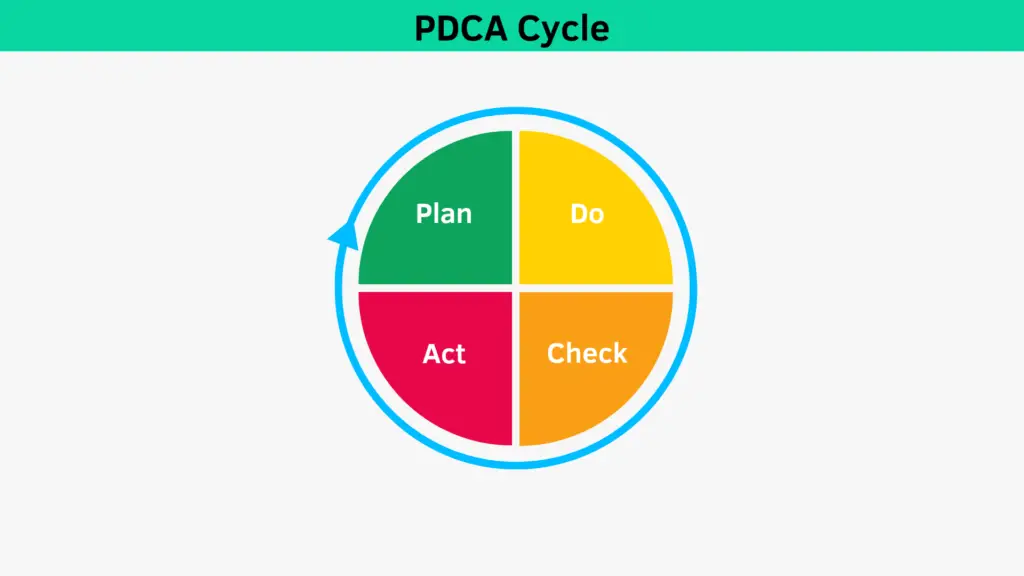
The four stages of the PDCA cycle are:
- Plan: Decide what it is you’re going to try and do and make a plan to do it. It’s small, quick, incremental improvements you should aim to achieve, not large-scale projects.
- Do: Execute your chosen plan on a small scale. For example, you might decide to update code on a test server.
- Check: Compare the actual results you’re observing against your desired results. If your solution fails, return to the start of the cycle, but if it succeeds, continue to the next step.
- Act: In this step, you implement your solution fully. That could mean, for example, rolling your code out across the entire organization.
The Seven Steps of Hoshin Planning
The Hoshin planning process consists of the following seven steps:
- Establish the Strategic Vision.
- Develop Breakthrough Objectives.
- Develop Annual Objectives.
- Deploy Annual Objectives.
- Implement Annual Objectives.
- Monthly Review.
- Annual Review.
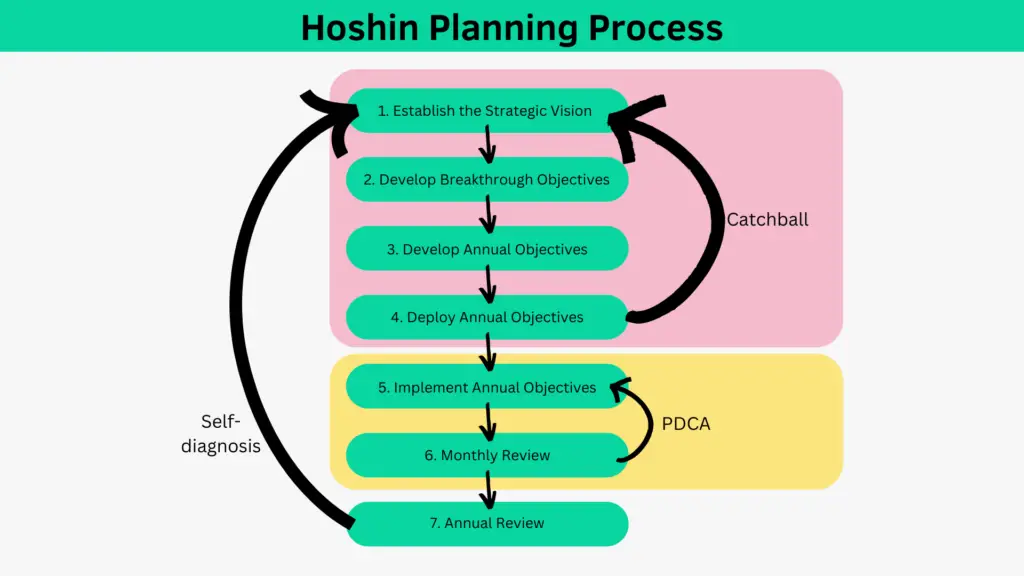
Let’s look at each step of the Hoshin planning process in more detail.
1. Establish the Strategic Vision
The first step is to establish your organization’s strategic vision.
Your strategic vision describes where your organization hopes to get to in the future. Essentially, it is the strategic aim of your organization.
2. Develop Breakthrough Objectives
Breakthrough objectives are ones that the organization will have to “stretch” itself to achieve and that you would like to achieve within three to five years.
In this step, it’s important not to pick too many goals, so you remain focused on what is strategically important.
3. Develop Annual Objectives
Your breakthrough objectives can seem far away and hard to reach, so your annual objectives lay out what you think you need to achieve in the next year to be in with a fighting chance of hitting your breakthrough objectives.
If you imagine trying to cross a wide river, it may seem impossible at first, but if you have stepping stones, it becomes a lot easier. Your annual objectives are your first stepping stone towards your breakthrough objectives, defining just how far you need to get this year to stay on track to reach the other side of the river.
4. Deploy Annual Objectives
With your annual objectives in place, you now need to deploy them to every employee in the organization. At the end of this process, everyone from the most senior managers to the factory floor should understand and agree on what goals must be achieved.
You deploy the catchball technique during this step to cascade your goals through the organization.
The X Matrix is a tool that is often used to facilitate catchball and cascade goals through the organization, but it isn’t strictly part of Hoshin Planning.

If that looks complex, don’t worry, it’s pretty straightforward. We’ll show you how to use it once we’ve finished walking through the remaining steps of Hoshin planning.
5. Implement Annual Objectives
This step is where the rubber meets the road, and execution begins. You know what you need to do and how it fits into the strategy; now, you need to determine the specifics of how to do it and get started.
You use the PDCA cycle during this step and the next step to drive continuous improvement.
6. Monthly Review
Your monthly review aims to ensure that your projects or initiatives are on track. It allows you to see what’s going right and what isn’t. When things aren’t going to plan, you can decide what corrective action to take.
Your key goal as a manager during these monthly reviews is to ensure that systems are in place to understand your progress toward your goals. Tools such as Bowling charts, A3 reports, and action plans are used here to monitor progress.
7. Annual Review
The annual review is your opportunity to review how the year has gone. It’s your opportunity to step back and look at the big picture – what went well and what didn’t, and what you should do about it.
An Alternative Option
Note that an alternative strategic planning tool to the Hoshin planning method is the balanced scorecard.
X-Matrix Overview
The X-Matrix is a popular tool that organizations use to implement Hoshin Kanri. It’s a single-page document that includes your strategic objectives, how you intend to achieve them, who is responsible for achieving them, and the KPIs (key performance indicators) by which you will measure success.
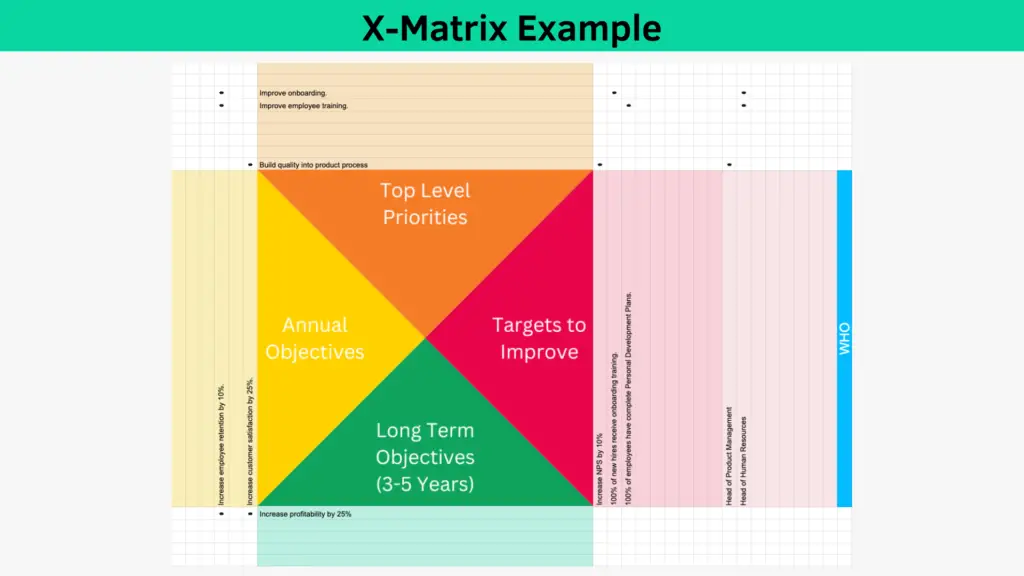
To use the matrix, you follow these five steps:
- Enter your long-term objectives. These are the equivalent of your breakthrough objectives in Hoshin planning.
- Enter the annual objectives that will progress you toward your long-term objectives. Use dots to connect each annual objective to the correct long-term objective.
- Enter the projects or initiatives that will help you achieve your annual objectives. Again, use dots to connect them to the annual objectives.
- Enter how you will know that each of these initiatives has succeeded. These are your KPIs and their targets, often called “how much.” Use dots to highlight which KPIs belong to which initiatives.
- Finally, enter the person who is ultimately for each of your initiatives, and use dots to connect the two.
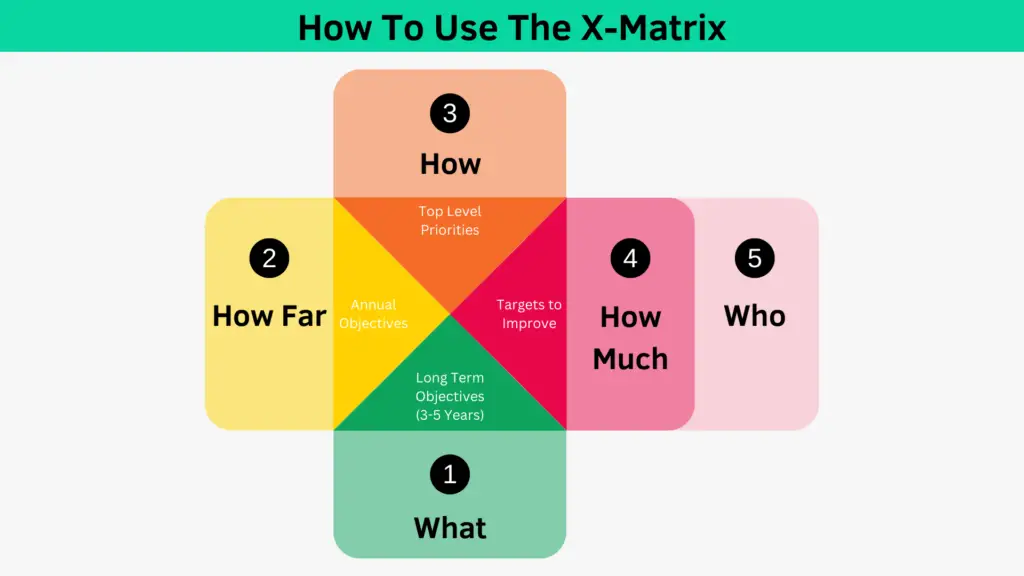
For example, to increase profitability by 25%, you may decide you need to increase customer satisfaction by 10% this year. To do that, you have an initiative to build quality into your product process. Your KPI for this initiative is to increase your NPS (a measure of how happy your customers are with your product) by 10%. Finally, the person ultimately responsible for this project is your Head of Product Management.
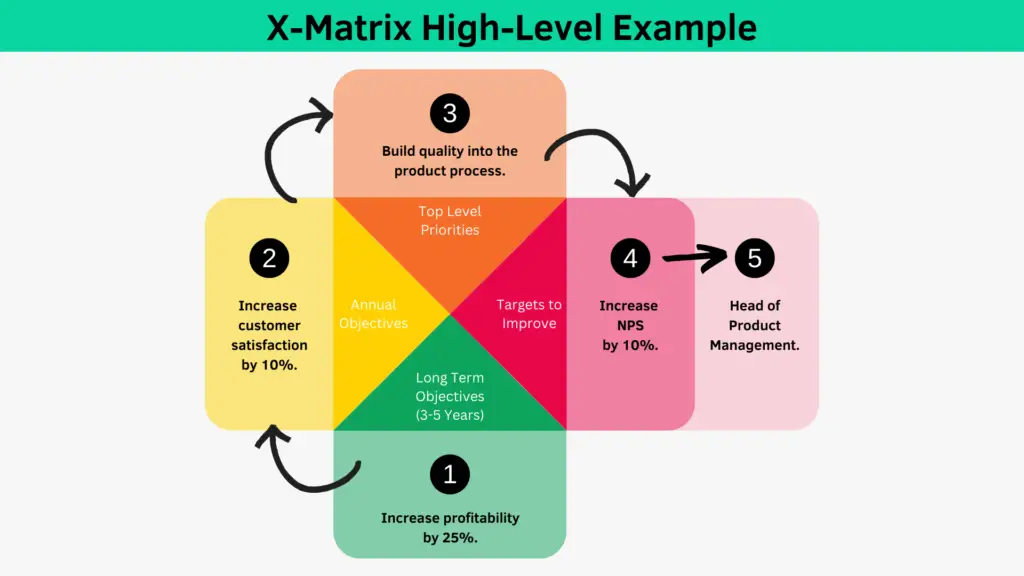
Let’s look at what this example looks like when embedded into an actual X-model template with a bit of extra detail added.

In this example, you can see that our long-term objective is to increase profitability by 25%. To do that, we need to hit two objectives this year: increase customer satisfaction by 25% and increase employee retention by 10%.
Now, if you follow the dots, you can see that to increase employee retention, we have two top-level priorities that need to happen. You can also see the KPIs for these initiatives and that the Head of Human Resources is responsible for these initiatives.
Suppose we follow the dots in the same way for our customer satisfaction annual objective. In that case, we can see that we have an initiative to build quality into the product process, a KPI to increase NPS by 10% and that the Head of Product Management is responsible.
For this example, catchball would happen by the Head of Product Management and the Head of Human Resources, each taking a copy of the X-model and working with their teams to create a new X-model based only on the initiatives and objectives for which they are responsible. Each time the model goes down a level in the organization, the initiatives become more concrete and less strategic.
X-Model Template
If you’d like to conduct Hoshin planning using the X-model, you can download an Excel version of the X-model template here.
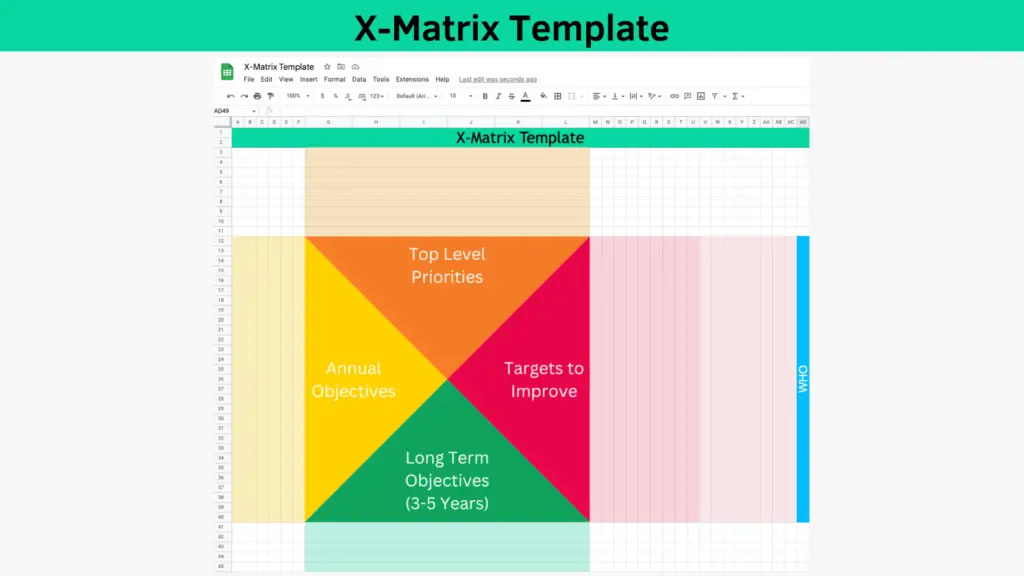
Summary
Hoshin Planning, also known as Hoshin Kanri or policy deployment, is a 7-step strategic planning system that bridges the gap between strategy and execution to ensure that the entire organization contributes to and is aligned with the organizational strategy.
